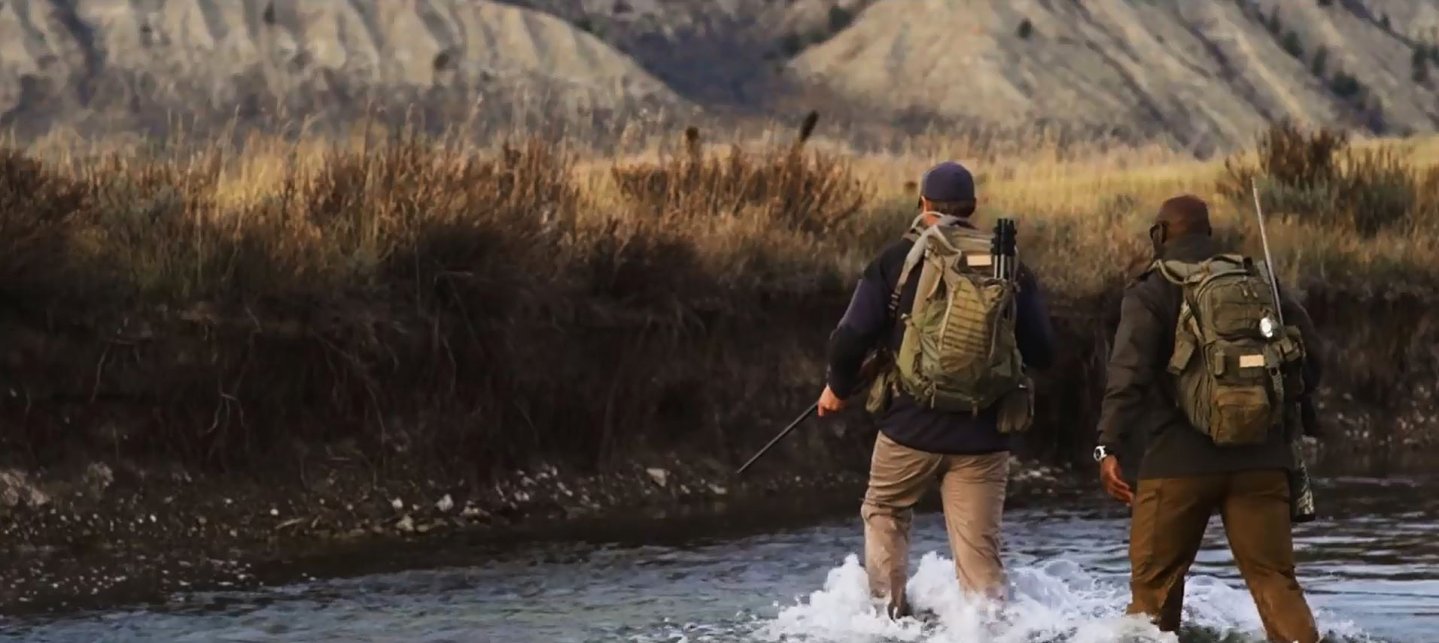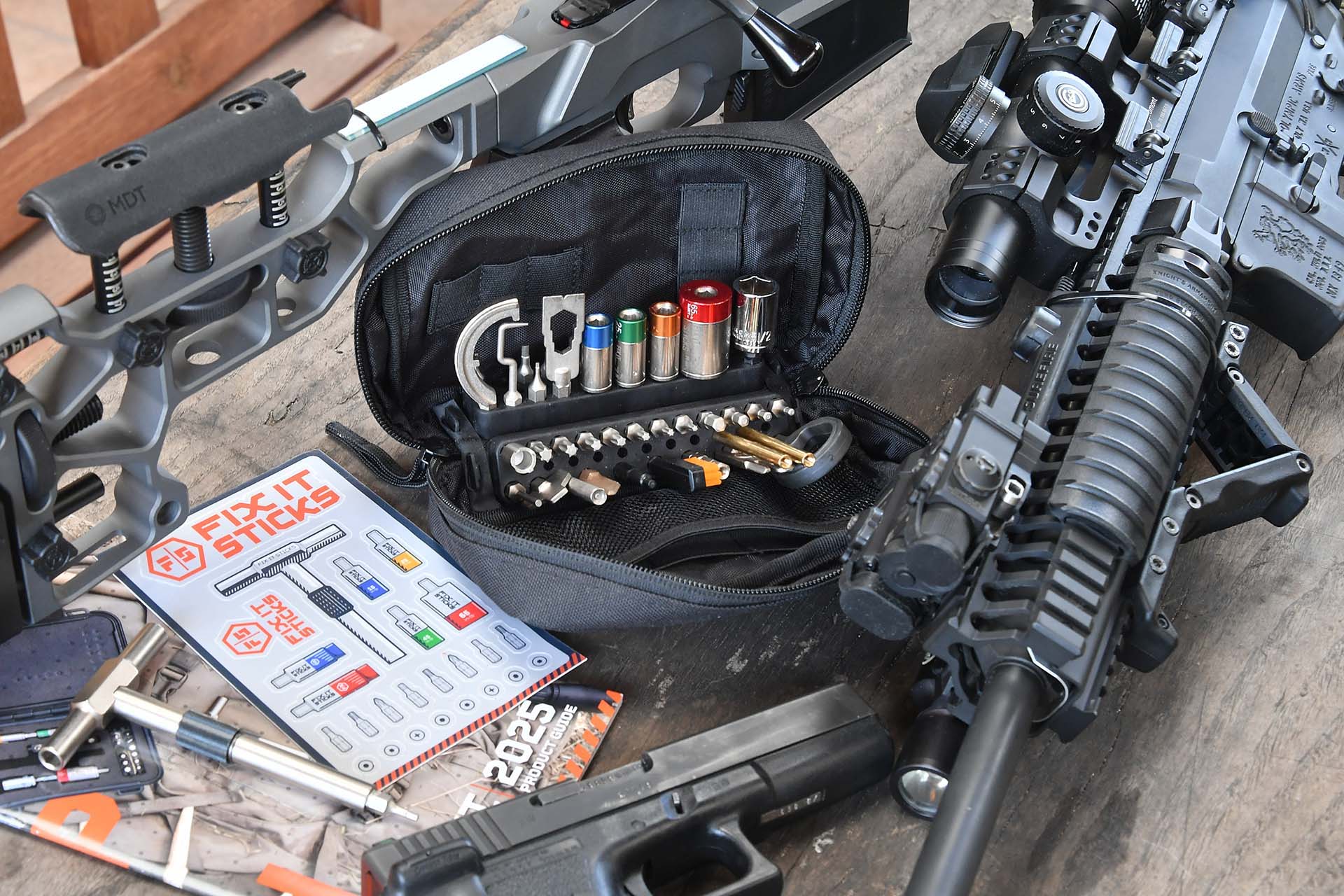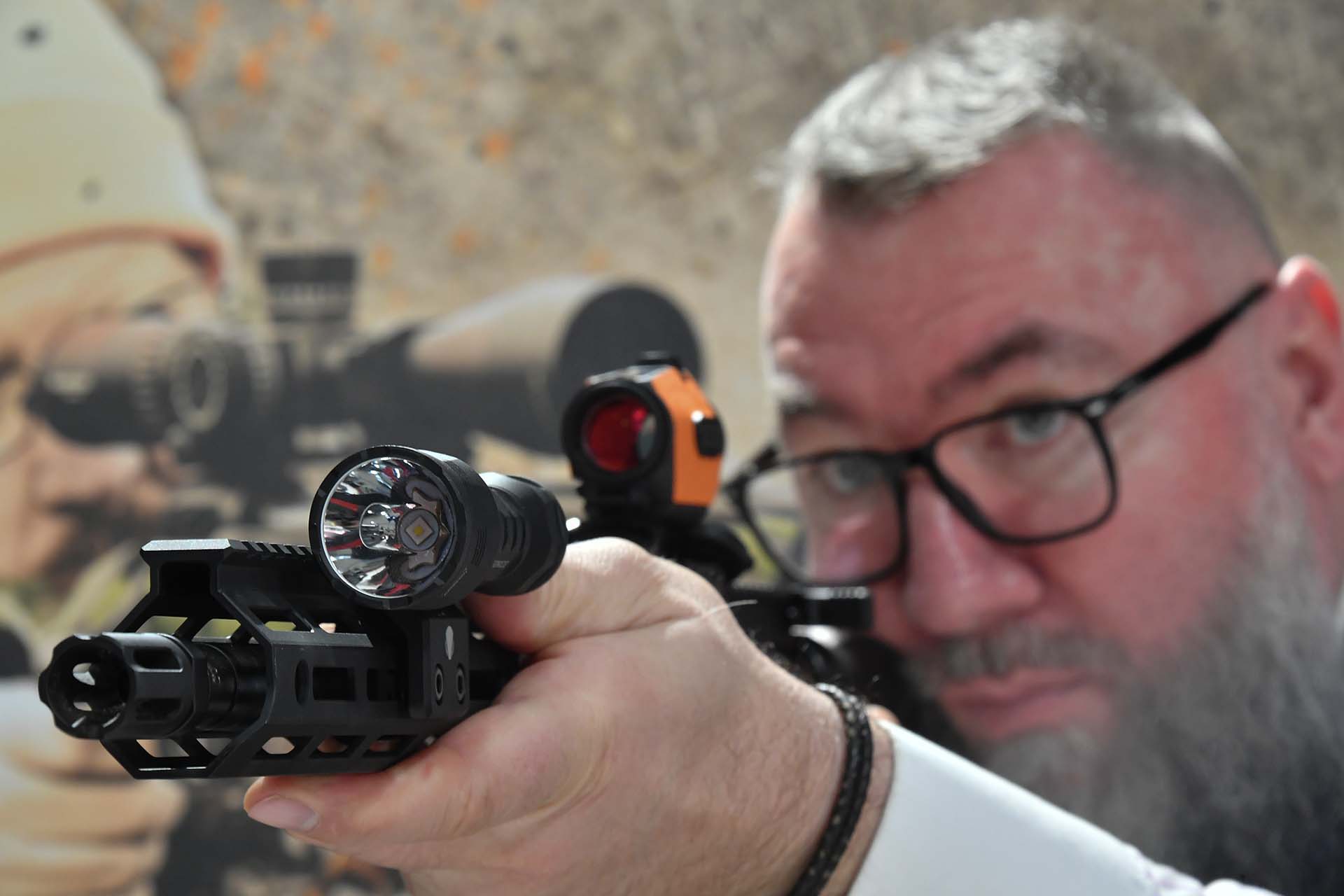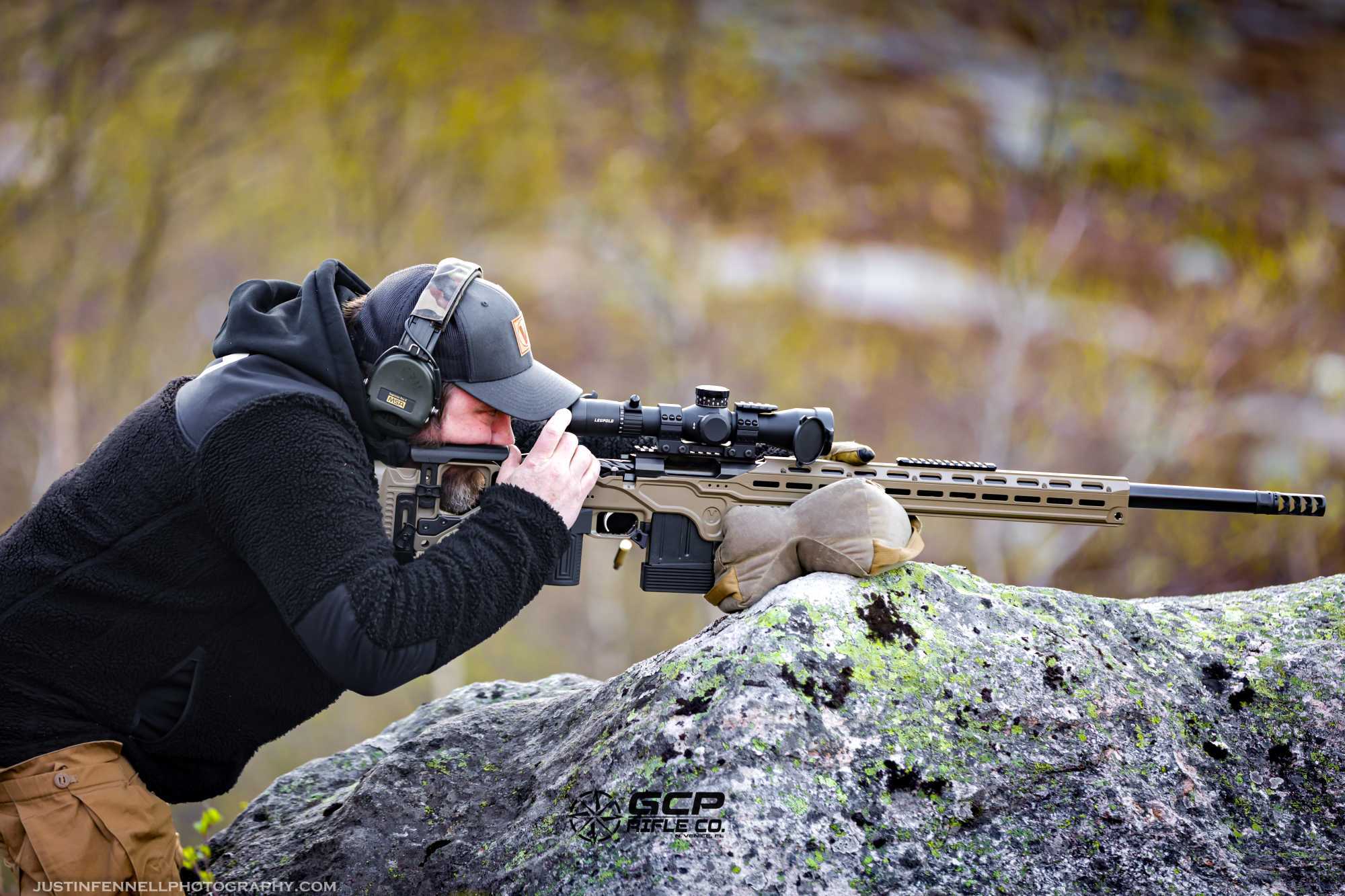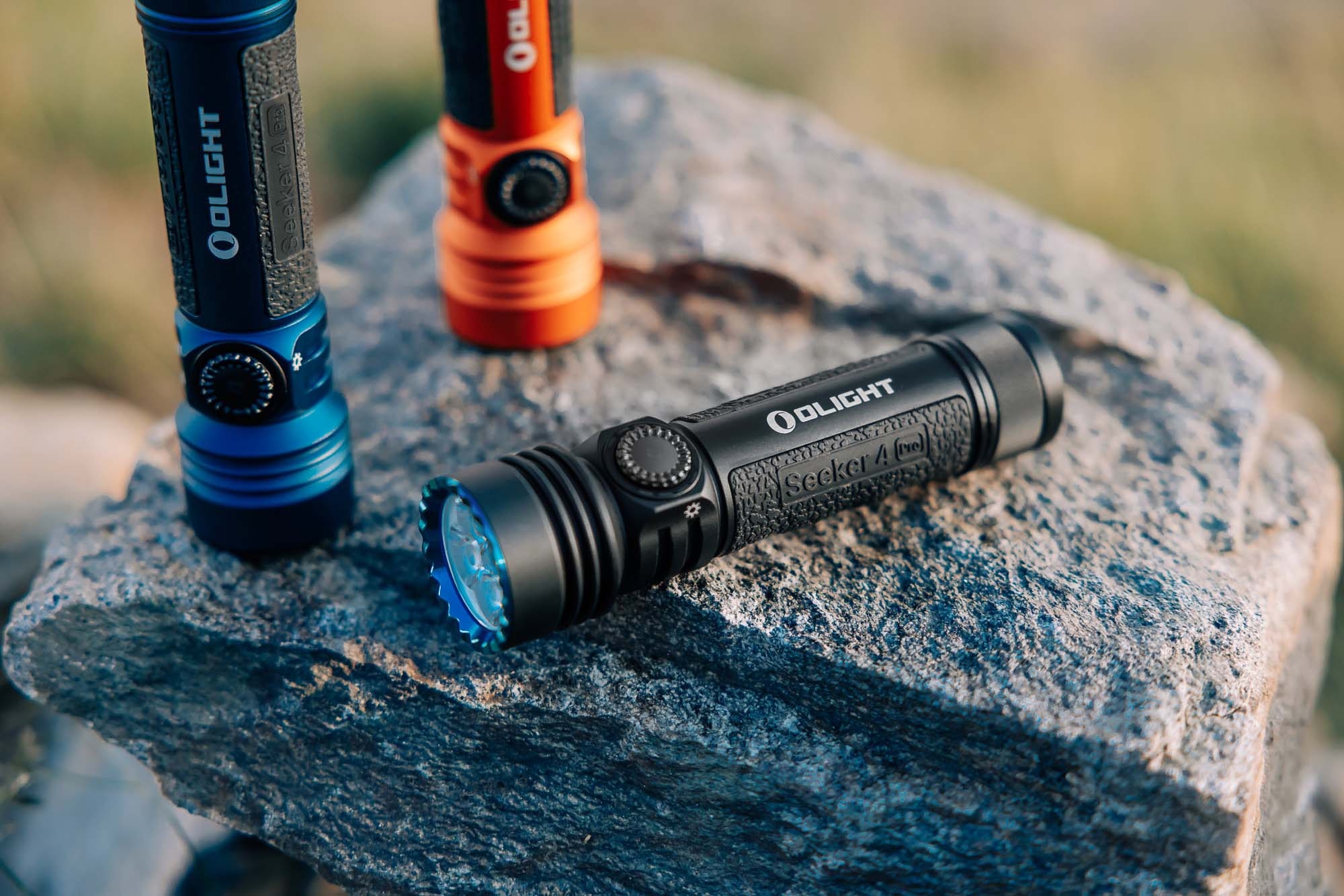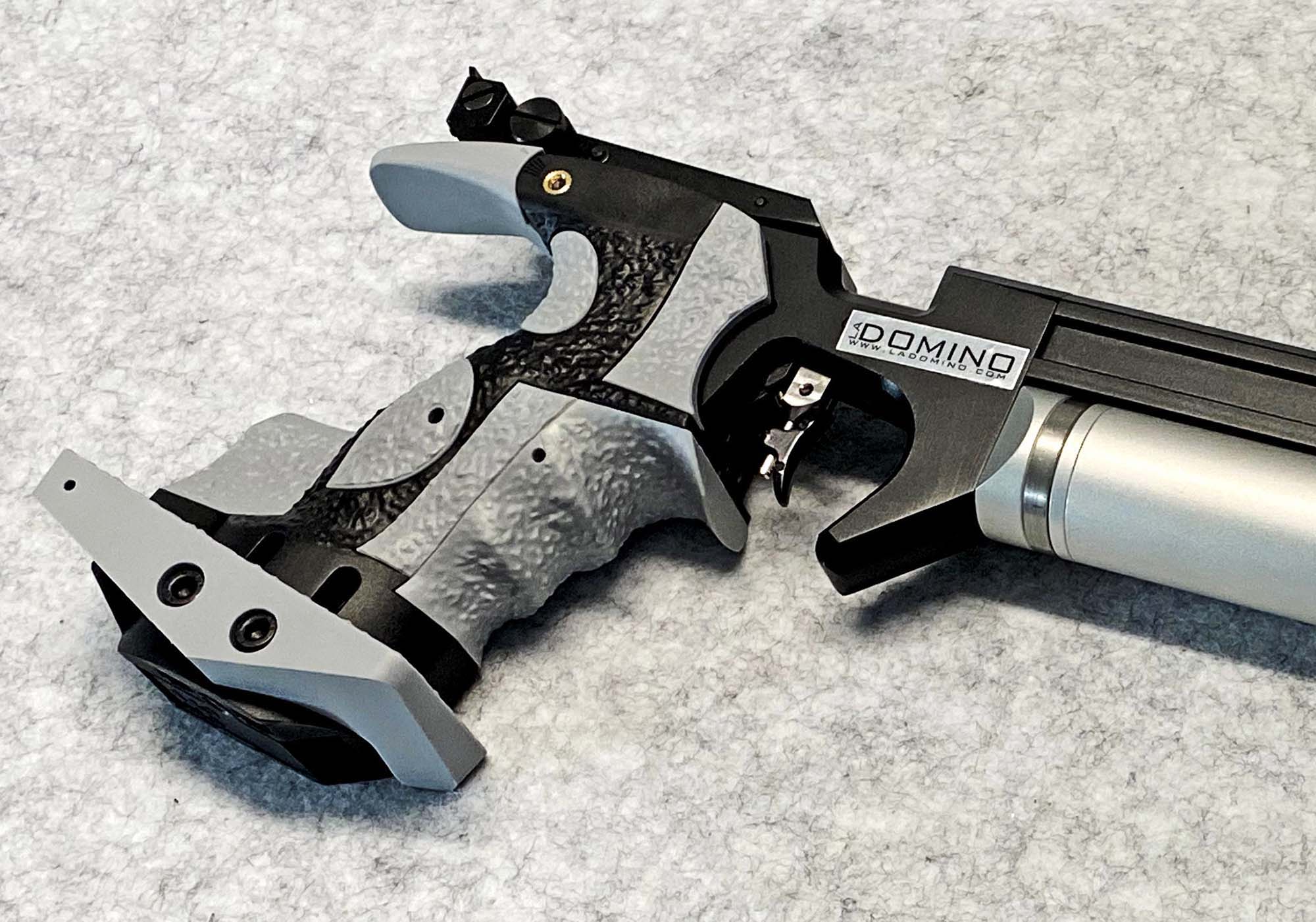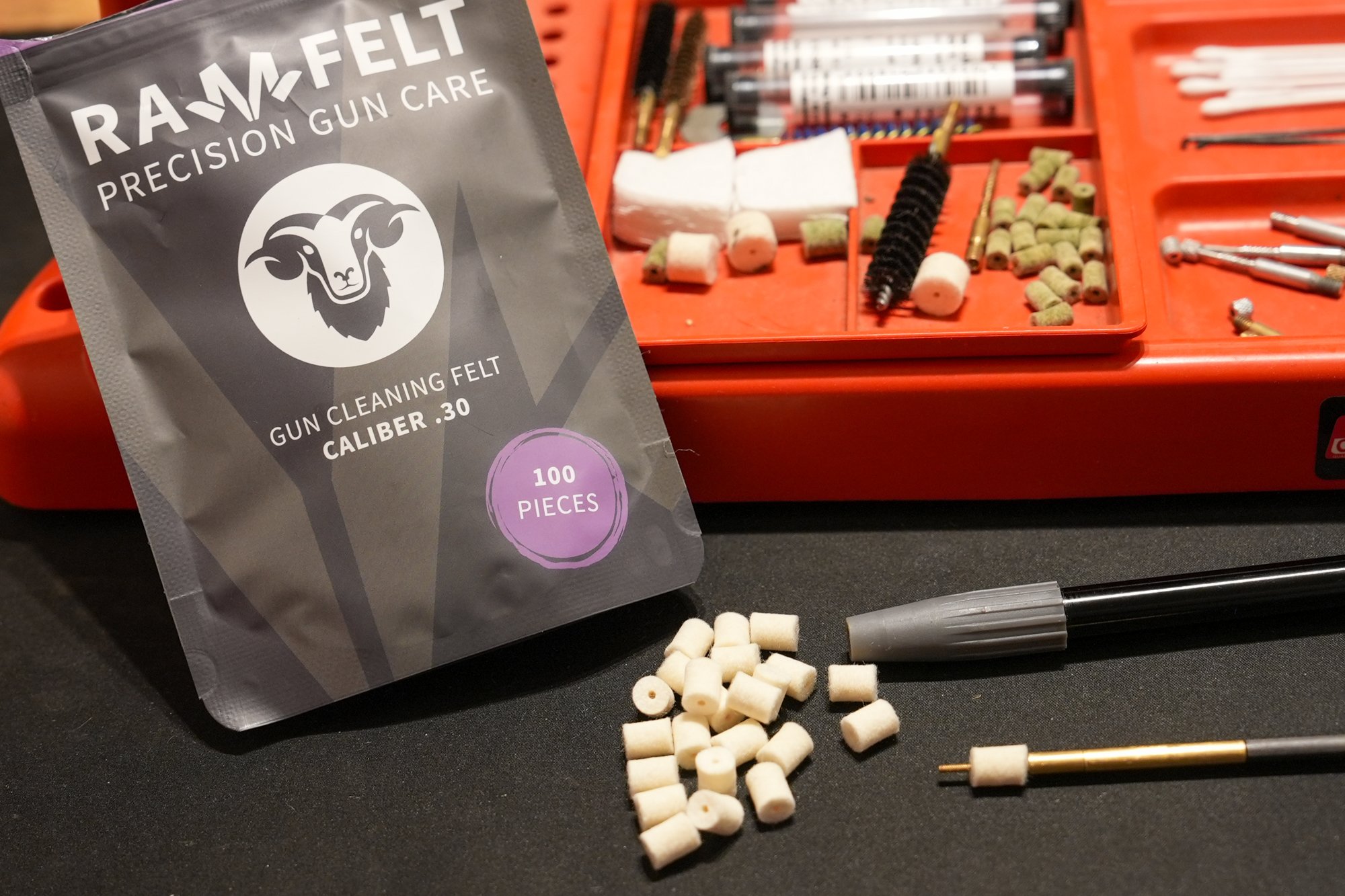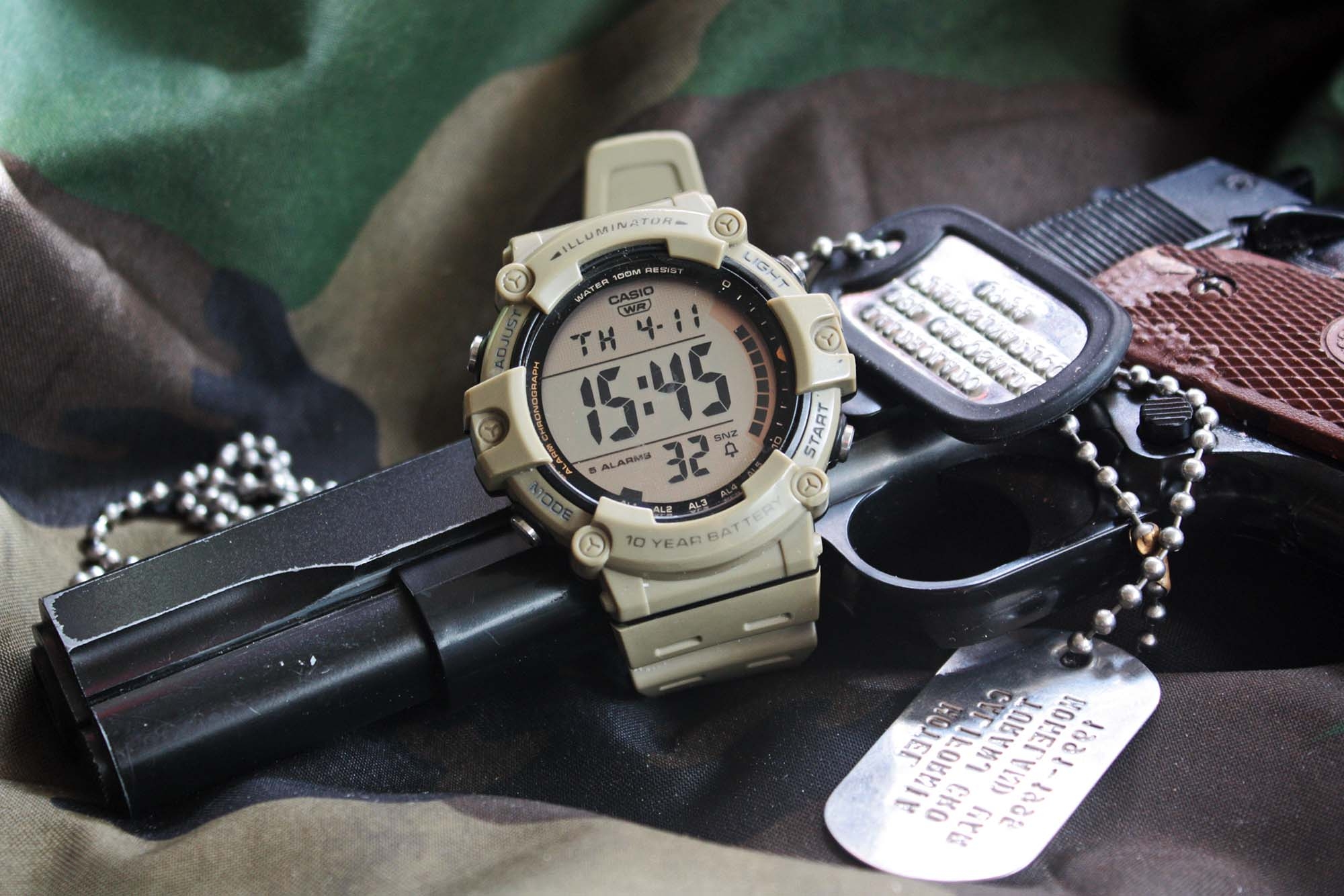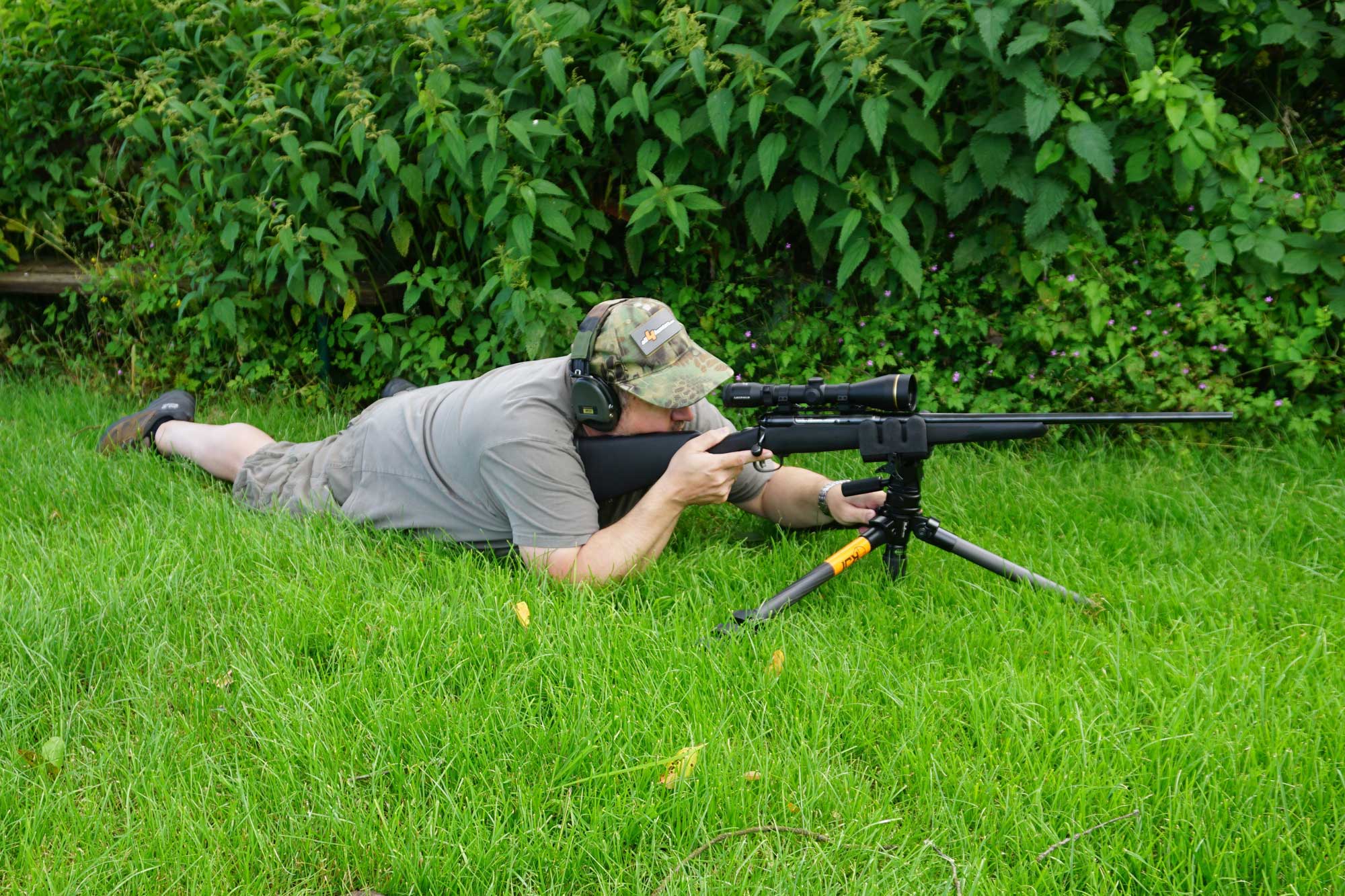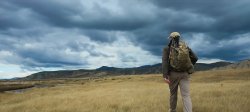
First of all you must understand what kind of hunter you are, and then how you want to reach your destination. Because depending on what you choose, everything changes! So assuming that you have in any case already packed up rifles and cartridges, now it's time to prepare your travel bag, plus any backpack and rucksack. It's fundamental to calculate accurately how many days you will be far from home, bearing in mind that in addition to hunting there is also the after-hunt, from dinner at night to the toilet. The watchword here is: small encumbrance! Always. That is, try to pack your travel bag with ONLY what you really need, and nothing more. In terms of logic and for the sake of convenience, we'll start from the feet upwards, since talking about underwear, pyjamas and "middle-class" things makes no sense here.
The containers
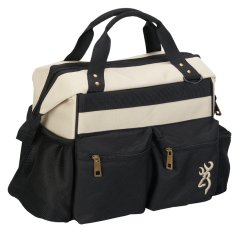
The travel bag: I like it soft. Large. Sausage shaped. It can contain quite a lot of things, in a hotel or a hunting lodge. I fold it and it takes up very little space. Okay, the stuff inside get a bit creased, but the bag must hold underwear, pyjamas, slippers and clothes that I will use on the hunt or after the hunt, not a cocktail party attire. Whether I travel by car or by plane, it doesn't give me the slightest thought that they will be mistreated. Also excellent are double-bottom (but large) sport bags.
The backpacks: I say it in the plural because there are various shapes and sizes, and you must have at least two, one large and one smaller. You will understand why later.
The Selective Hunter
This is the type of hunter who has the least problems and needs the least specialist clothing in the broadest sense. The selective hunter is probably the most technical hunter ever, and therefore requires less advice.
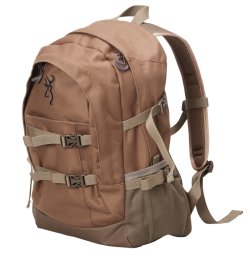
Boots: a single pair suited to the climate and the type of hunting is more than enough. They must have no cracks or infiltrations, treaded outsole must be effective, but you should have worn them for a couple of months at least. A couple of spare laces are always useful.
Technical socks: 3 pairs are more than enough (oh, you know you can wash them too?), and alternating them you can use them for a week.
Trousers: one pair may be enough, two pairs are better, maybe of different weight.
Technical underwear, fleece and vest: two technical underwear garments are basic, followed by a good fleece (for the cold season), and then a good vest.
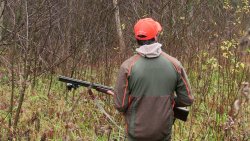
Jacket: it's the quintessential outwear. Choose a good quality, waterproof jacket, maybe a multilayer one, i.e. customizable in various weights, and obviously with an anti-rustle shell. A tip: wearing hunting clothes when travelling means that you have in any case more technical garments in case of need – you can still find a pair of jeans and a sweatshirt for peanuts everywhere.
Accessories: hat and gloves are fundamental for the winter, one or two fleece or multi-purpose technical fabric neck warmers are useful too.
Rucksack: it will be used when hunting. While travelling you can use it for everything that is NOT hunting-related (or vice-versa), keeping in mind that you will then leave it at the hotel or hunting lodge once you arrive. It is also the ideal container for technical accessories such as knife, binoculars, etc.
If you are travelling by car, you can have both a travel bag and a backpack the size you like. By plane, one of the two will be hold luggage and the other hand luggage. Plan accordingly.
The migratory game hunter
It's easy to say migratory game! The key question is: which one? Followed by the fateful question: where? We must anticipate what weather conditions we will face.

Travel bag: for a thrush hunting trip to Spain, a pair of comfortable boots and two hunting outfits are enough, as well as for pigeons in Scotland or turtle doves wherever you like. It will never be too cold, and if it rains you stay at home. Well, bring a waterproof jacket with you and the problem is solved. For waterfowl hunter it's quite another kettle of fish. Things get a bit more difficult here, since more times than not you will hunt in winter, and cold, wind and humidity are the masters.
Boots and rain boots: one for each type, thermal, waterproof, and featuring thick neoprene liners.
Socks: they must be heavy, able to protect from cold and humidity. 3/4 pairs are enough.
Trousers: 2 at least, better if they include a pair of bib trousers.
Technical underwear: don't fill up your travel bag with them, but at least 3 pieces of adequate weight are necessary.
Jacket: a nice heavy one, wetland camo is basic.
Accessories: balaclava and gloves are not just useful, but essential – all in wetland camo.
Rucksack: it will contain at least 2 pile sweaters to wear both when hunting and after hunting, plus everything you think is useful in terms of technical hunting accessories. From hunting whistles to knife, including flashlights amd everything that makes up the technical equipment of a hunter.
The dog-using hunter
This is by far the most difficult hunter to "dress", especially if we are talking about woodcocks! It's an extremely dynamic hunt, where you face different climates and environments with different problems, even during the same hunting session. Even if you don't consider that any kind of weather variations will always or almost always surprise you several kilometers from the car or any shelter. So it's a good idea to take precautions according to the season and game hunted...
To be continued: in the next installment we will talk about hunting clothing and accessories for the different seasons.


